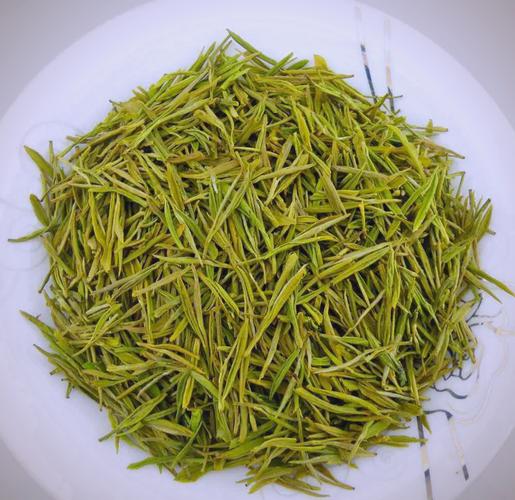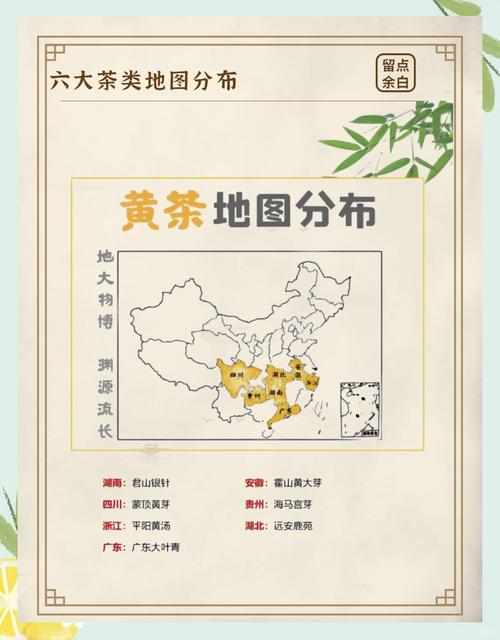Yellow tea, one of China’s six traditional tea types, is renowned for its unique “yellow leaf and yellow soup” characteristics. The production process of yellow tea has evolved over time, giving rise to both traditional craftsmanship and modern technological methods. Each approach has its distinct features, influencing the tea’s quality, flavor, and market appeal.

Traditional Yellow Tea Processing: A Delicate Art
Traditional yellow tea processing is a meticulous, labor-intensive process that relies heavily on human skill and experience. It begins with the careful picking of tender leaves and buds, which are then subjected to a series of steps designed to transform them into the rich, flavorful beverage we know as yellow tea.
The first step is killing green, where the leaves are exposed to high heat to destroy the enzymes responsible for oxidation. This step not only halts the oxidation process but also evaporates some of the moisture in the leaves, enhancing their flexibility.
Next comes the crucial step of yellowing. This is what sets yellow tea apart from other types of tea. During yellowing, the leaves are piled up and covered to create a warm, humid environment. This promotes non-enzymatic oxidation, which transforms the green chlorophyll in the leaves into a yellow pigment, giving the tea its characteristic yellow color and mellow flavor.
Finally, the tea is dried to remove any remaining moisture. This step is crucial for stabilizing the tea’s flavor and aroma, as well as ensuring its longevity.
Traditional processing methods prioritize the tea’s natural characteristics, resulting in a product that is rich in flavor, aroma, and antioxidants. However, this method is time-consuming and requires significant human effort, making it less efficient for large-scale production.
Modern Yellow Tea Processing: Efficiency and Precision
In contrast to traditional methods, modern yellow tea processing leverages advanced technology to enhance efficiency and precision. Mechanization plays a key role, from harvesting to packaging. Tea plucking machines can quickly harvest large quantities of leaves, though some argue that this may compromise the selectivity of hand-picking.
Modern processing techniques also employ sophisticated equipment for killing green, yellowing, and drying. These machines can precisely control temperature, humidity, and processing times, ensuring uniform quality across batches. Some facilities even use freeze-drying or vacuum packaging to preserve the tea’s freshness and extend its shelf life.
Furthermore, modern technology has enabled the development of yellow tea extracts and powdered yellow tea, which are used in a variety of products, from beverages to cosmetics. These innovations have broadened the market for yellow tea, making it accessible to a wider audience.
The Debate: Tradition vs. Modernity
The debate between traditional and modern yellow tea processing often centers on quality versus efficiency. Purists argue that traditional methods produce a superior product, with a more complex flavor profile and higher concentrations of beneficial compounds. They believe that the human touch and attention to detail in traditional processing cannot be replicated by machines.
On the other hand, proponents of modern techniques highlight their efficiency, consistency, and scalability. Modern processing allows for larger production volumes, making yellow tea more affordable and accessible. It also enables the creation of new products and formats, catering to changing consumer preferences.
Conclusion: A Balanced Approach
In reality, the best approach may lie somewhere in between. Many tea producers today are finding ways to blend traditional craftsmanship with modern technology. For instance, they may use machines for initial processing steps to ensure efficiency, while retaining manual sorting and finishing touches to preserve the tea’s unique character.
Ultimately, whether one prefers the nuanced flavors of traditionally processed yellow tea or the convenience and consistency of modern techniques, the love for this unique beverage continues to thrive. As technology advances and consumer preferences evolve, the world of yellow tea is sure to see even more exciting innovations, ensuring that this ancient drink remains relevant and cherished for generations to come.



